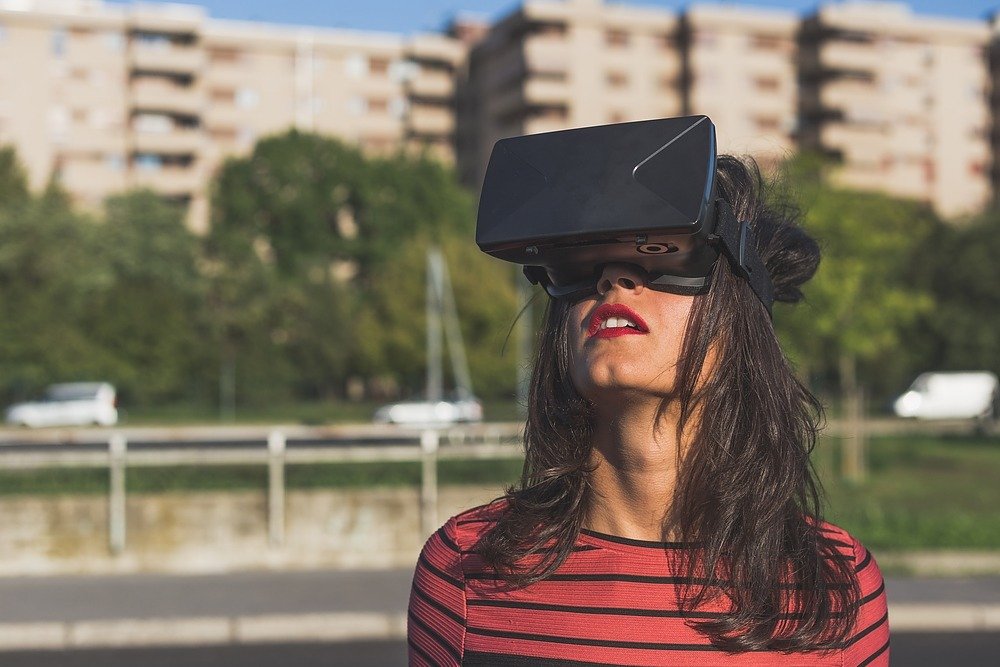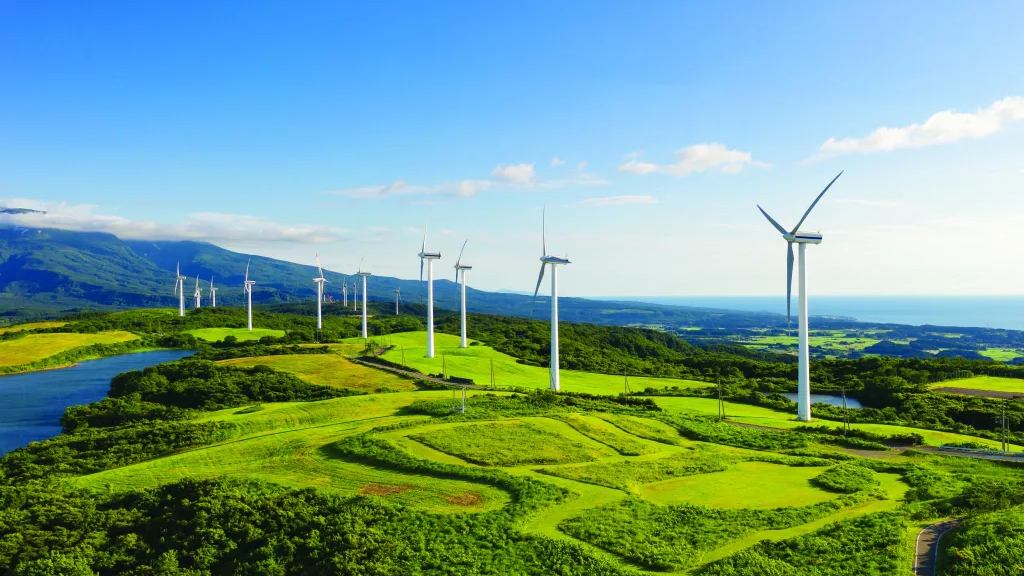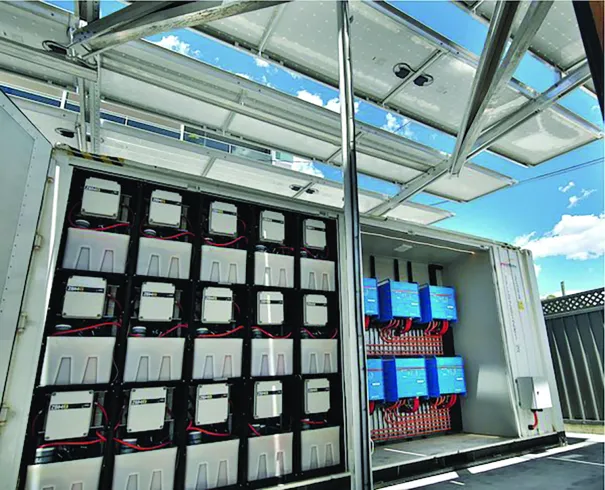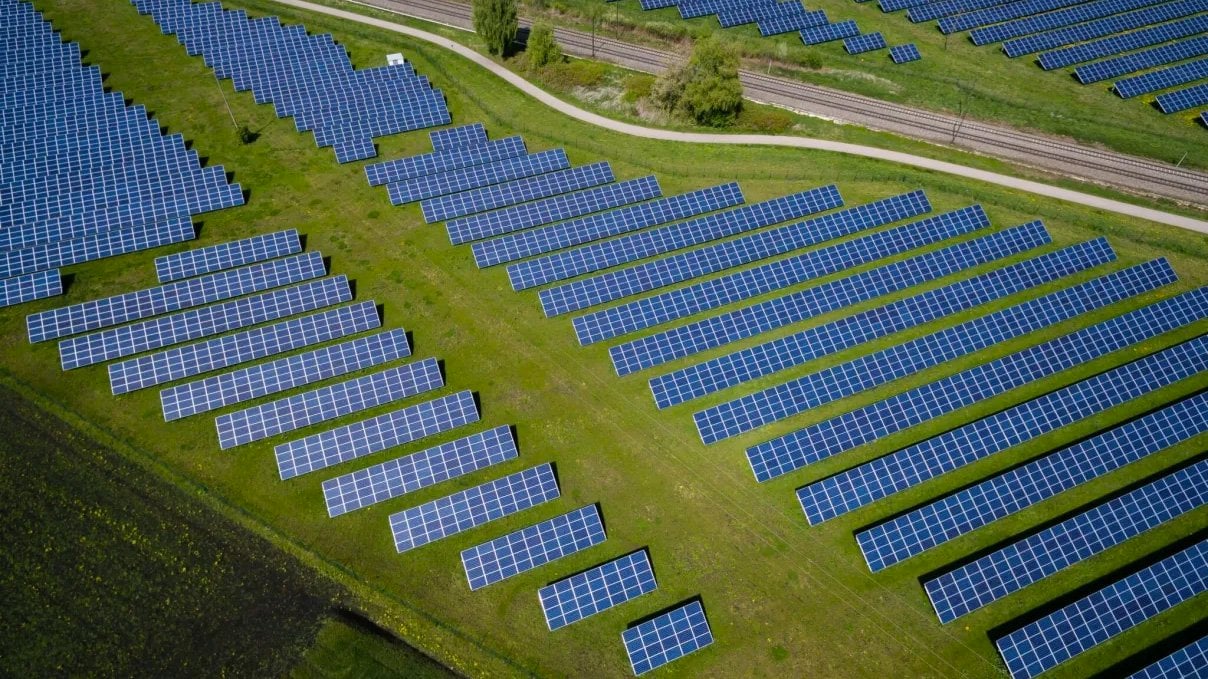
In recent years, technological advances, coupled with a proliferation of affordable hardware and software, have made immersive technologies like augmented reality (AR), virtual reality (VR) and mixed reality (MR) more commercially feasible than ever.
A flood of investments into these new tools continues to fuel the market, which will grow substantially in the coming years. AR and VR will impact the world around us in a number of interesting—and beneficial—ways. Here are five things to look forward to:
1.) Engaging Entertainment. If ever there was a natural application for AR and VR, it’s the world of media and entertainment. Augmented and virtual reality allow designers to create a new level of engaging entertainment with the potential for a more intimate and emotional experience.
For proof that VR has truly arrived as a next-generation storytelling platform, look no further than the most recent Sundance Film Festival. As part of its New Frontier showcase, the festival featured more than 30 VR experiences, including captivating cinematic works and VR installations.
Or you could look at Bjork’s MOMA retrospective from last year. The exhibit centered on a 10-minute cinema clip called “Black Lake,” presented on a very wide-format screen to provide a high-resolution, panoramic viewing experience.
Meanwhile, games provide another fruitful canvas for immersive storytelling. That’s why my company Autodesk has developed the Stingray 3D game engine and real-time rendering software, which simplifies the game-making process for artists and developers, helping them more easily create mesmerizing worlds. “Adr1ft,” a game by ThreeOneZero for example, is available on PC and can be played with the Oculus Rift. It was built using the hyper-realistic Unreal Engine, and the engaging 3D content was made with our 3D animation software – 3ds Max and Maya.
2.) Better Buildings. The same technologies that are transforming media and entertainment are also set to make an impact on the built environment. The Stingray engine, for example, isn’t just for games. As a real-time rendering engine, Stingray can also be particularly valuable in building design, helping professionals better visualize their projects, simulate their designs to suggest how they would work if they were built and operating, and present their ideas to clients.
Users can take rich data from building information models (BIM) and send it to a VR application. As a result, rather than looking at a building design on a 2D screen, users can walk through it as if they were there and experience the different aspects of that design in a high quality visualization. Not only does this let designers better communicate their ideas and intent to clients, it also ensures that buildings better match client expectations and requirements.
3.) Carefully Designed Cars. A number of designers in the automotive industry still use clay modeling to help grasp what the final product will look like. But what if you could experience a new car design in full scale, rather than as a small-scale clay model?
That’s precisely what AR and VR environments can do. All the little elements of good car design — for example ergonomic details like how far the driver has to extend her arm to reach the dashboard — can be experienced much more accurately when the designer feels as if they’re actually sitting in the car rather than viewing it as a 2D image on a desktop screen.
Autodesk has done some significant exploration in this area with a product called VRED, a visualization software that helps automotive designers and engineers create product presentations, design reviews, and build virtual prototypes.
VRED can work in conjunction with spatial AR to project 3D information onto different designs. If you have a clay model of a car, or maybe a fabricated foam car, you can project different materials or design configurations onto it — giving multiple people in a room the ability to look at different design options. Volvo and Volkswagen have already done some intriguing work in this area. VRED also now works with Oculus Rift and HTC Vive’s VR head mounted displays (HMDs).
4.) Thorough Training. For industries like construction, manufacturing, and oil and gas, AR and VR have the potential to provide virtual field training, giving users a “you are there” experience before they get wherever it is they’re going.
Imagine an oilrig in the middle of the North Sea, or a construction site in the heart of the Brazilian jungle. These are not just remote operations, they’re potentially dangerous worksites. With VR, you can simulate these environments to familiarize workers with the sites ahead of time while providing in-depth training.
Out in the field, mixed reality can continue to play a role with tasks like repairs and maintenance. Swapping out a drill bit on an oil rig, for example, becomes a lot easier if you’re able to overlay information that lets you know precisely which parts you need to unscrew and replace.
5.) Enhanced Education. What happens when you combine reality capture technology with AR and VR? Exciting opportunities for learning and education.
Autodesk has recently been 3D scanning the historic Apollo 11 lunar module, which has slowly been degrading over time. Capturing that data allows us to preserve a digital copy of the Apollo 11 — but more importantly it allows us to share it with others for educational purposes. When combined with AR and VR capabilities, this means students in classrooms around the country — and around the world — can virtually step into the Apollo 11 and experience it for themselves.
A New Reality Awaits
We are on the forefront of an entirely new form of computing which has the potential to radically change the way humans interact with media and digital information. Our realities are increasingly becoming augmented, virtual, and mixed, creating an immersive and engaging world around us.
More than just “cool,” these new technologies have the potential to shape how we imagine, design and create —not to mention experience — everything from films and games, to buildings and cars, to training and learning. There is much to look forward to.
Brian Pene is Director of Emerging Technology for the Office of the CTO at Autodesk, Inc.
Five Ways AR and VR Will Improve Our Current Reality
A flood of investments into the new tools of reality continues to fuel innovation. Virtual and augmented reality, from the original Google Glass to the latest Oculus Rift, has continually shaped the technology market,and will grow substantially in the coming years. AR and VR will impact the world around us in a number of interesting—and beneficial—ways. Here are five things to look forward to.















